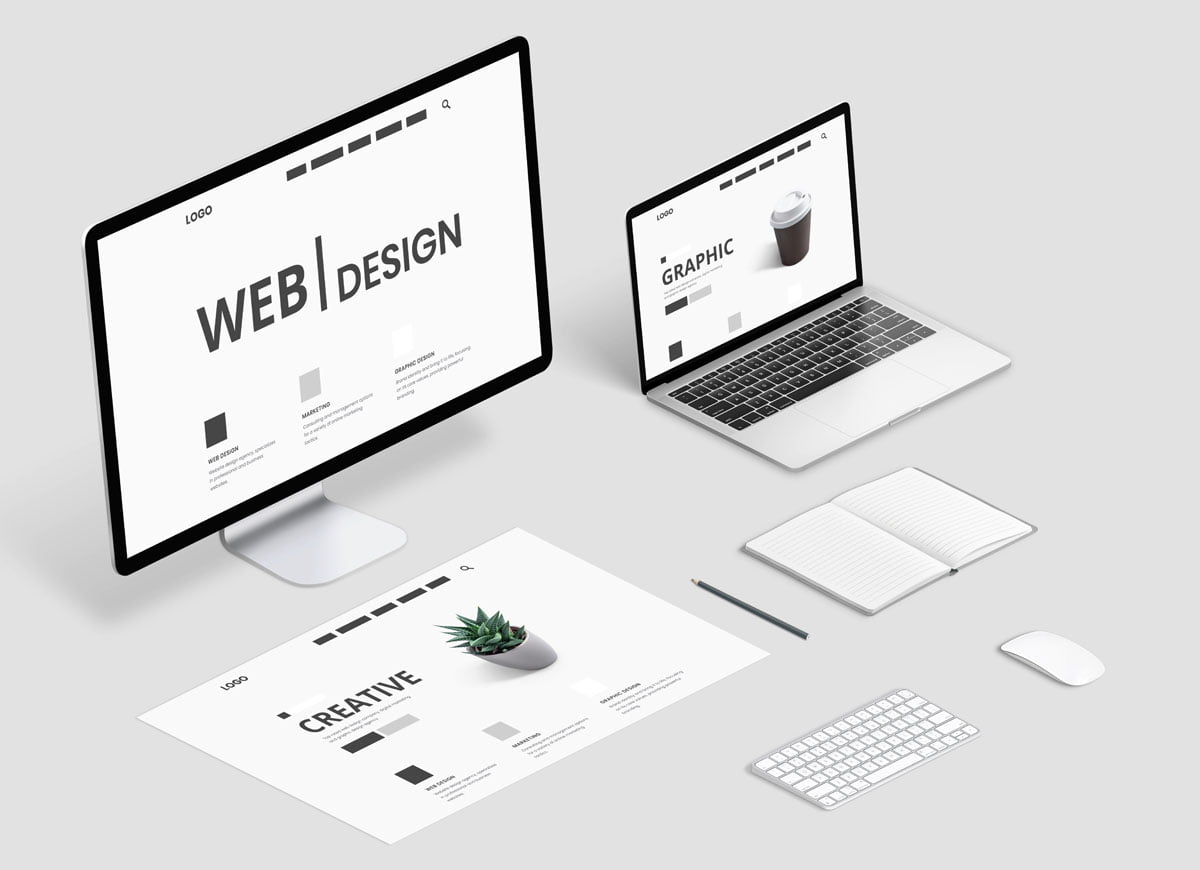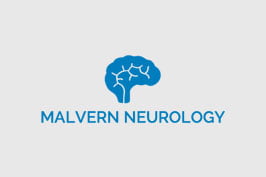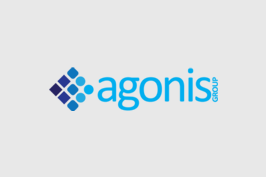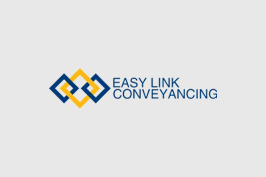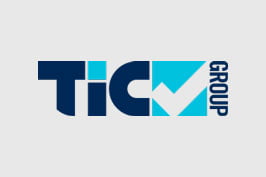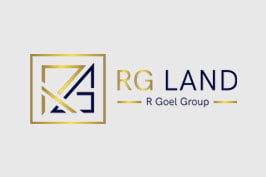Introduction
In an age of information overload and limited attention spans, minimalist web design has proven effective in enticing users and improving the customer experience. The process of creating an impactful design can be subjective. One person may prefer a particular design technique, while another may prefer a completely different method. There will always be differences in taste, but new trends emerge frequently in the world of art and design. In many cases, these trends are reactions to or rejections of previous ones.
As far as creating a responsive website design is concerned, stripping away unnecessary elements, a minimalist web design emphasizes simplicity, clarity, and functionality, creating an environment that facilitates seamless navigation and engagement. It is, therefore, imperative to delve into the concept of minimalistic web design, explore its defining characteristics, examine its impact on customer experience, and understand why it has become a prevailing trend in modern web development.
What is Minimalistic Web Design?
Minimalistic web design is an aesthetic and functional approach that prioritizes essential elements while eliminating unnecessary distractions from a website’s layout, colour scheme, and content. It embraces the “less is more” philosophy, providing users with a clean and uncluttered interface that emphasizes the central message or purpose of the website. The goal is to deliver visitors an effortless, intuitive, and visually appealing experience.
A minimalist approach to web design is concerned with creating a seamless user experience without any extraneous design elements that may distract the user. By using minimalism on your website, you can make it look smart, intelligent, modern, effortless, and able to accomplish much more with less. Action, engagement, and conversion go way up when distraction is reduced.
It is important to note that minimalism does not apply to only one aspect of a website. Essentially, it means making the most of what you have.
1. Features of Minimalist Web Design
A minimalist web-design concept is one that seeks to streamline interfaces by removing unnecessary elements or content that does not support user tasks.
In order to reduce a website to only its most necessary elements, designers must accept a cascade of consequences that impact both the user interface (UI) and the site’s content. Many of the visual-design characteristics commonly associated with minimalism are choices that serve the core strategy of minimalism particularly well and so have been adopted along with minimalism in most instances.
It is also vital to note that just because a design technique is popular doesn’t necessarily mean that it always supports user needs and optimizes profitability or other business objectives. As discussed further below, it is pertinent to note the benefits and different aspects of adopting a minimalist web design to support business goals.
Ample White Space
A hallmark of minimalist web design is the liberal use of white space, also known as negative space. By leaving generous gaps between elements, the design achieves a sense of breathing room, drawing attention to the crucial aspects of the content. This approach enhances readability and allows users to focus on the essential messages without feeling overwhelmed.
Simplified Navigation
Minimalist websites often feature straightforward navigation systems with clear menus and easily accessible links. Reducing the number of navigation options streamlines the user journey, making it more convenient for visitors to find the information they seek. This approach significantly improves the overall user experience, increasing customer satisfaction and retention rates.
Limited Colour Palette
A minimalist web design typically employs a limited colour palette with a few harmonious hues. Restricting colours enhances visual coherence and helps create a sense of unity throughout the website. Additionally, the strategic use of colour draws attention to critical calls to action, encouraging user interaction and conversions.
Concise and Purposeful Content
Minimalist web design prioritizes concise and purposeful content, avoiding excessive text and visual clutter. This approach ensures that each element serves a specific function and contributes to the overall message, preventing information overload and enabling users to grasp the key points quickly.
2. The impact of minimalism on web design
Web designs can be improved with a minimalist perspective by simplifying the overall interface for the user. Because designers have to establish the essential components, each and every item they incorporate in the design must have a specific function. If a section of content does not support user tasks in some way, it must be discarded. This can significantly enhance the user’s experience on the site. When applied correctly, minimalism can help designers achieve this simplicity while enticing users to explore the website.
Another benefit of minimalistic web designs is that the lack of complex content in the design can lead to shorter loading times and better screen accessibility, which improves the user experience (UX). Moreover, these can be further reiterated within the points below:
Improved User Engagement
A clutter-free and visually appealing interface enhances user engagement by providing a pleasant browsing experience. A minimalistic web design focuses on the content that matters most, enabling users to navigate effortlessly and access information without distractions. This increases engagement leading to longer browsing sessions and higher chances of conversions.
Faster Loading Times
A minimalistic web design significantly reduces the loading time of web pages by eliminating unnecessary elements, such as large images, complex animations, and excessive codes. Fast-loading websites improve user experience and positively influence search engine rankings, as speed is crucial in SEO and website responsiveness.
Enhanced Mobile Responsiveness
As mobile devices are continuing to take over internet traffic, responsive web design has becoming paramount. The minimalist design naturally lends itself to responsiveness, as the absence of clutter makes it easier to adjust the design to various screen sizes. Users on smartphones and tablets can enjoy a seamless experience without sacrificing content quality.
Increased Conversion Rates
The focus on simplicity and purposeful design elements in minimalistic web designs can lead to higher conversion rates. Clear calls-to-action, unambiguous navigation, and streamlined checkout processes create a user-friendly experience that inspires visitors to take positive actions, such as making purchases or signing up for a newsletter.
3. Defining Characteristics of Minimalism in Web Design
Minimalism in website designing is characterized by its intentional simplicity, elegance, and focus on essential elements. This design philosophy aims to create clean and uncluttered websites that prioritize user experience and efficient information communication. Several defining characteristics set minimalistic web design apart from other approaches:
Functionality over Ornamentation
Minimalist web design prioritizes functionality over decorative elements. Each design choice must serve a specific purpose, whether it is to guide users through the website, highlight important information, or promote particular actions.
Intuitive User Experience
The hallmark of minimalist design lies in creating an intuitive user experience. By removing unnecessary complexities and simplifying interactions, users can navigate the website with ease, fostering a positive impression and encouraging repeat visits.
Emphasis on Typography
Typography plays a crucial role in minimalist web design, as it helps convey information effectively and aesthetically. Clean and readable fonts contribute to the overall visual appeal while maintaining a focus on the content.
Negative Space as a Design Element
Negative space is not merely an absence of content but a powerful design element. Embracing ample white space allows content to breathe and draws attention to essential features, ensuring a more impactful visual hierarchy.
4. Benefits of Minimalism in Web Design
Minimalism in web design has gained significant popularity in recent years and for good reason. This design approach, characterized by simplicity and focus on essential elements, offers several tangible benefits that contribute to an improved user experience, faster loading times, more accessible website navigation, better focus on content, and increased conversion rates. Let’s explore these advantages in detail:
Improved User Experience
Minimalistic web design prioritizes the user experience by presenting a clean and uncluttered interface. Studies show that 94% of first encounters are related to web design elements, emphasizing the importance of a visually appealing and user-friendly website. When users land on a website with minimal distractions and straightforward content, they are more likely to quickly engage with the site and find what they are looking for. The simplicity of the design reduces cognitive load, making it easier for users to navigate and understand the site’s purpose. A positive user experience contributes to increased customer satisfaction and encourages users to return to the site in the future.
Faster Loading Time
Website loading speed is critical to user satisfaction and search engine rankings. Research indicates that 47% of users want a web page to open in less than two seconds, and 40% will leave a site that takes more than three seconds to load. Minimalistic web design’s emphasis on simplicity and reduced elements significantly contributes to faster loading times. The website’s performance is optimized by eliminating unnecessary graphics, complex animations, and excessive code, leading to quicker loading across various devices and internet connections. Improved loading speed not only enhances user experience but also positively impacts SEO rankings, as search engines prioritize faster-loading websites.
Easier Website Navigation
Clear and intuitive navigation is essential for guiding users through a website efficiently. Minimalistic web design simplifies navigation by employing a clean and straightforward menu structure. Users can find what they need without confusion by reducing the number of menu options and organizing content logically. Research has shown that effective website navigation can increase user satisfaction by up to 88%. Minimalist design ensures that navigation menus are visible and accessible, further enhancing the ease of movement within the website.
Better Focus on Content
Content is at the heart of any website, and minimalism allows it to shine. By eliminating unnecessary distractions, a minimalistic design draws users’ attention to the core content, such as product descriptions, services offered, or informative articles. Users are more likely to engage with and retain information presented in a clear and uncluttered manner. Studies have demonstrated that users spend most of their time looking at content above the fold, emphasizing the importance of a content-focused design approach.
Increased Conversion Rates
A minimalist web design can positively impact conversion rates, leading to more sign-ups, purchases, or other desired actions. By streamlining the user journey and reducing friction points, visitors are more likely to complete desired actions on the website. Studies have shown that a well-designed user interface could boost sales rates by up to 200%. Minimalistic design with clear calls-to-action and a focus on essential elements can significantly improve the effectiveness of conversion funnels, boosting overall website performance.
A minimalistic approach in web design offers several quantifiable benefits that positively impact website performance and user experience. By improving user experience, reducing the loading time, enhancing website navigation, focusing on content, and increasing conversion rates, minimalism aligns with users’ preferences for simplicity and efficiency. As internet users continue to demand fast and intuitive experiences, minimalistic web design remains a powerful strategy for businesses and organizations seeking to create successful, user-centric online platforms.
5. Implementing Minimalist Web Design: Creating Simple, Functional, and User-Centric Websites
Implementing a minimalistic web design requires careful consideration to detail and a focus on creating a clean, uncluttered, and user-friendly interface. By following specific guidelines and principles, designers can achieve an effective minimalistic design that resonates with users. Let’s delve into the critical aspects of implementing minimalist web design:
The Right Colour Scheme
Choosing the appropriate colour scheme is essential in minimalist web designs. Opting for a limited palette consisting of neutral colors, such as white, black, gray, or earth, tone is a proven successful method. Complement this with one or two accent colors to add subtle highlights and draw attention to specific elements. According to a study by the Institute for Color Research, people subconsciously judge a website within 90 seconds, with 62% to 90% of their assessments based on colour alone. A well-chosen colour scheme can evoke the desired emotions and create a harmonious and visually appealing user experience.
Simplify Typography
Typography plays a crucial role in minimalist designs. It is essential to choose clear, legible fonts that align with the website’s overall aesthetic. Sans-serif fonts are commonly preferred for their clean and modern appearance. Moreover, it is also necessary to limit the number of font styles to maintain consistency and coherence throughout the site. It has been observed that an appropriate typographic hierarchy can increase reading comprehension by a large margin, underscoring the importance of using typography effectively to convey information clearly.
Balance Simplicity and Functionality
While simplicity is a hallmark of minimalist web design, it is crucial to strike an equilibrium between simplicity and functionality. It is crucial to ensure that the website remains user-friendly and intuitive, with easy navigation and clear calls to action. Simplicity should not come at the cost of compromising essential features or hindering user interactions. According to a Stanford University study, 75% of users confess to making judgments about a company’s credibility based on its website design, highlighting the significance of combining simplicity with functionality to create a positive user perception.
Prioritize User Experience
User experience is at the core of minimalist web design. Designers should focus on understanding user needs and preferences and crafting interfaces that cater to their expectations. It is also helpful to utilize user feedback, conduct functionality tests, and analyze user behavior to refine the design iteratively. Research indicates that for every $1 invested in user experience design, businesses can expect a return of up to $100, underlining the substantial impact of prioritizing user experience on the website’s success.
The Principle of “Progressive Disclosure”
Progressive disclosure is a vital principle in minimalist design, mainly when dealing with complex or content-heavy websites. It involves revealing information in stages based on user interactions or interests. By presenting only essential information upfront and providing additional details upon request, designers prevent overwhelming users with excessive content while allowing them to explore deeper if desired. This approach keeps the design clean and organized while accommodating varying levels of user engagement.
Implementing minimalist web design requires a thoughtful and strategic approach to creating a simple, functional, and user-centric website. By selecting a suitable colour scheme, simplifying typography, balancing simplicity with functionality, prioritizing user experience, and applying the principle of progressive disclosure, designers can craft minimalist designs that resonate with users and deliver an optimal browsing experience. As the digital sphere continues to evolve, embracing minimalism in web design remains a powerful and timeless strategy to captivate users and achieve long-term success online.
Key Takeaways
Minimalist web design has proven to be a game-changer in the realm of web development, offering a host of benefits that directly impact customer experience. By emphasizing simplicity, clarity, and functionality, minimalist designs capture the essence of a website’s message while providing users with a seamless and engaging journey. From faster loading time to improved mobile responsiveness and increased conversion rates, the impact of minimalist web design on customer experience is both significant and lasting. As technology continues to evolve, minimalist web design will undoubtedly remain a timeless and influential approach to creating memorable and customer-centric online experiences.


